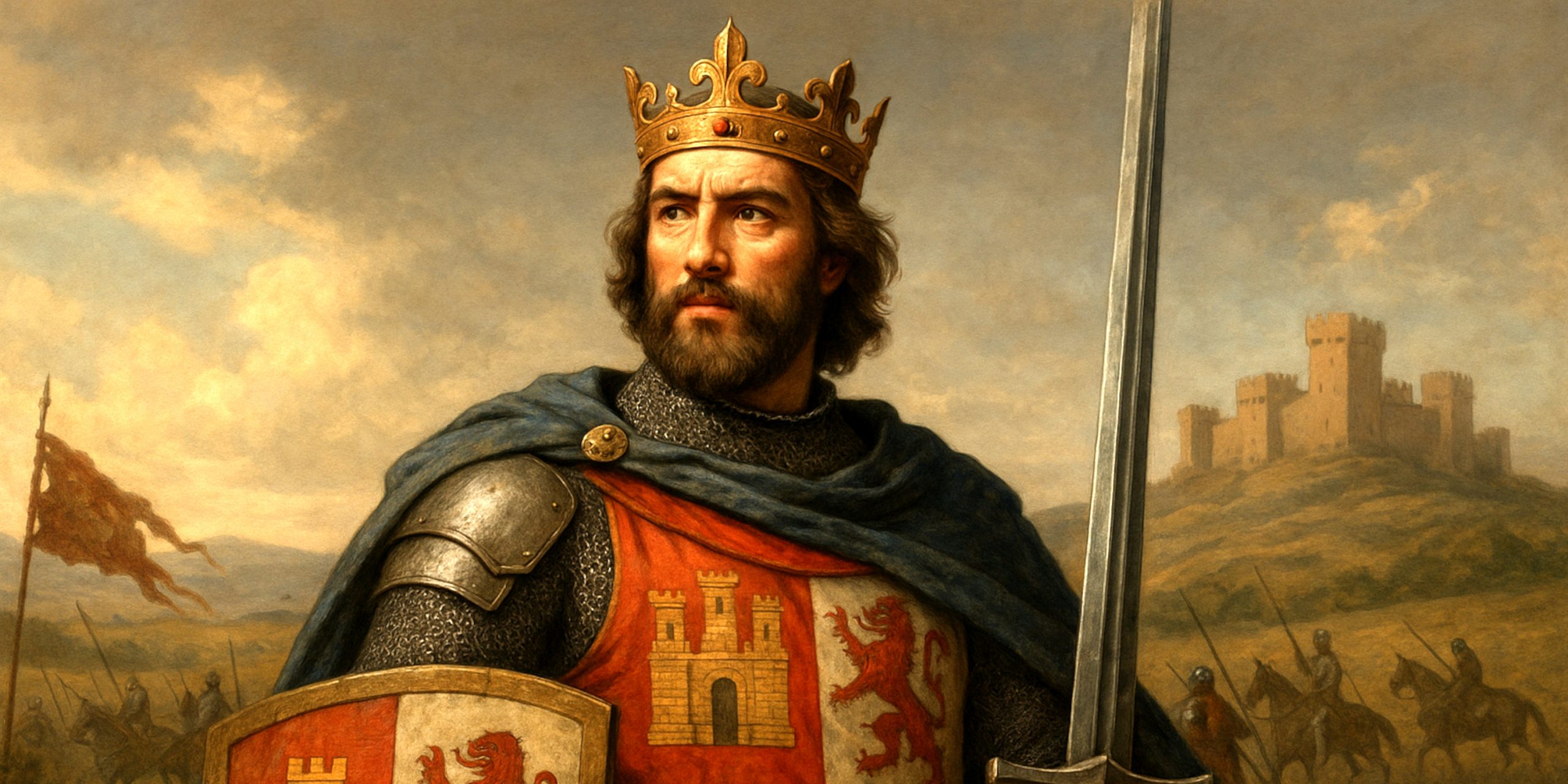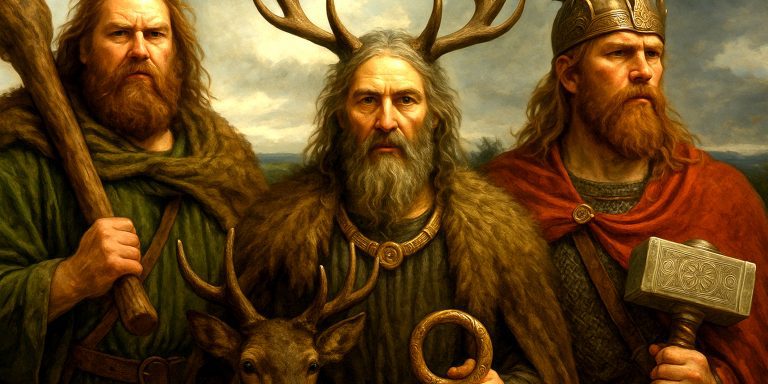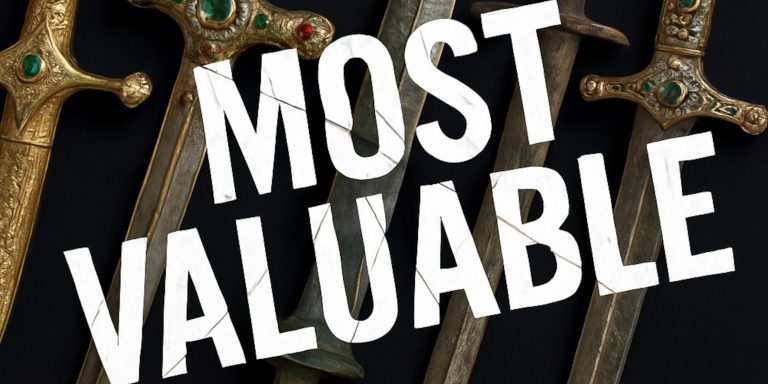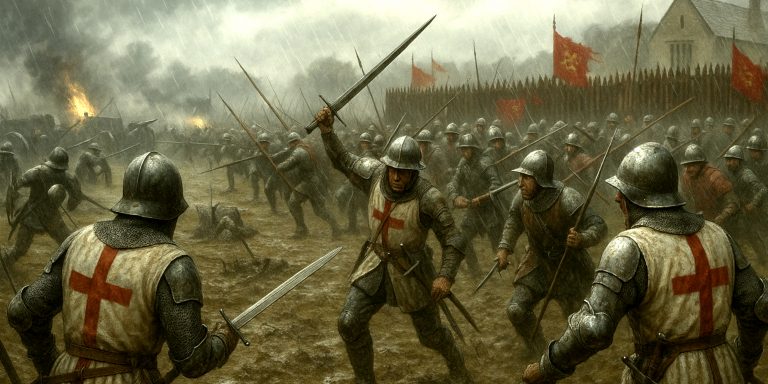
Alfonso X of Castile and León reigned from 1252 to 1284. He remains one of the most fascinating medieval monarchs: a king who turned his court into a cultural powerhouse while simultaneously straining his kingdom with war, rebellion, and political ambition. His story mixes brilliance with chaos, which is precisely why historians find him so compelling.
Snapshot of the Reign
Alfonso inherited a strong realm from his father, Ferdinand III, and quickly made his mark. He codified laws, encouraged translations, and set his sights beyond the peninsula by seeking the imperial crown of the Holy Roman Empire. His reign ended in Seville in 1284, with his body laid to rest in the city’s cathedral. He left behind a legacy of texts and institutions that outlasted his troubled politics.
Arms and Armour
The Cantigas de Santa María, lavishly illustrated manuscripts produced under Alfonso’s supervision, show what knights of his time wore and carried. Miniatures depict warriors in mail hauberks with coifs and chausses, surcoats emblazoned with Castilian and Leonese arms, and heater shields. Great helms were increasingly common, and the crossbow appears often in siege and battlefield scenes.
Across Europe in this period the coat of plates began to supplement mail, and Castile was no exception. Alfonso’s court imagery, when read alongside wider European evidence, shows Iberian warriors adopting this transitional defence. The illustrations also reveal everyday tools, crafts, and fortifications, turning his songbooks into unexpected archaeological records.
Battles and Military Acumen
Alfonso’s early campaigns were vigorous. He captured Niebla in 1262, then Jerez in 1264. When a widespread Mudéjar uprising broke out in Andalusia and Murcia, he crushed it with determination, forcing Granada into tributary submission and bringing Murcia back under his rule. These successes relied not only on Castilian forces but also on the crucial intervention of James I of Aragon, who lent military aid to restore Murcia.
The later part of Alfonso’s reign tells a different story. His costly bid for the German crown drained resources. Currency debasement and disputes with nobles eroded his support. Eventually his own son Sancho turned against him, plunging Castile into internal strife. Alfonso had once marshalled coalitions to stamp out revolt; in old age, he struggled to control his own family.
Alfonso was not the dashing battlefield commander some kings became. His strength lay in organisation, coalition-building, and administrative follow-through. Yet when politics turned against him, these very qualities faltered.
Law, Learning, and Cultural Might
Alfonso’s legal code, the Siete Partidas, became the backbone of Castilian law and influenced Hispanic legal traditions for centuries. His Toledo workshops compiled the Alfonsine Tables, a set of astronomical data used by European scholars well into the Renaissance. His cultural legacy also includes the Cantigas de Santa María and the Estoria de España, both milestones in literature and history.
In essence, he treated culture and law as weapons of statecraft. Few medieval rulers left behind such a paper trail of their reign.
Where to See Artefacts
- San Lorenzo de El Escorial: The Royal Library preserves the Códice Rico and other Cantigas manuscripts. It also holds the Libro de los juegos, Alfonso’s illustrated treatise on games.
- Biblioteca Nacional de España, Madrid, and Biblioteca Nazionale Centrale, Florence: Both preserve additional Cantigas codices.
- Seville Cathedral: Alfonso’s burial place in the Royal Chapel, alongside Ferdinand III, anchors his memory in stone.
- Museo Arqueológico Nacional, Madrid: Coins from Alfonso’s reign, including maravedís, reveal the evolving iconography of Castilian money.
- Frontier towns: Niebla and Jerez retain medieval walls and structures, while Murcia’s preserved Islamic-period walls illustrate the urban fabric Alfonso fought to control.
Latest Archaeology and Research
Recent conservation work in Murcia has uncovered long stretches of Islamic-period walls, providing context for Alfonso’s campaigns. Archaeologists and historians continue to mine the Cantigas for details of clothing, tools, and fortifications. Advances in castle studies, especially non-invasive surveys, shed light on frontier strongholds that formed the backbone of Castile’s military presence during his reign.
Closing Thoughts
Alfonso X was less a knight-king and more a cultural architect. He wielded pen, coin, and manuscript as deftly as his armies wielded sword and crossbow. His reign produced masterpieces of law and literature, but his political missteps nearly cost him his crown. If you want a king who was tidy and triumphant, look elsewhere. If you want one who left us libraries, lawsuits, and family quarrels worth a medieval soap opera, Alfonso is your man.
Quick Reference
Reign
1252 to 1284. Buried in Seville Cathedral.
Key Works
Siete Partidas, Cantigas de Santa María, Alfonsine Tables, Libro de los juegos.
Campaigns
Niebla 1262, Jerez 1264, Mudéjar revolt suppressed 1264–1266, Granada tributary status 1266–1267, Murcia restored with Aragonese aid.
Arms and Armour
Mail with great helms, heater shields, and early coats of plates. Crossbows heavily featured.
Watch the documentary:



